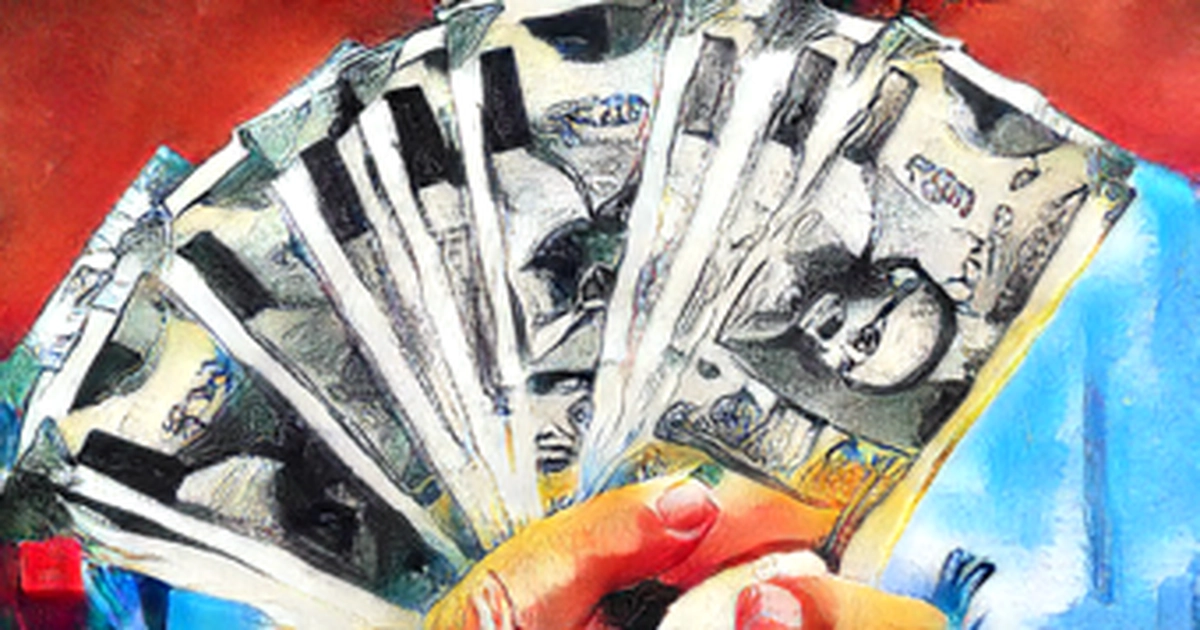
The Reserve Bank of India hiked the benchmark lending rate for home, auto and personal loans the third time in three months, and the monthly outgo for home, auto, and personal loans is set to pinch borrowers again. Most top banks including others will pass on Friday's 50 bps hike to external benchmark linked loans, which is used largely for pricing retail loans. More than half of the banking system's loans are linked to external benchmarks. Since May this year, the RBI has increased the repo rate by 140 bps. Bank lending rates have been increasing in tandem with the higher deposit and market rates, according to Shanti Ekambaram, Group President Whole Time Director Designate, Lending rates are likely to go up in response to today s rate hike. Existing borrowers linked to repo rates will see higher outgo as rates get transmitted. Consumption demand has been stable so far despite rate hikes in homes, cars, consumer durables, travel, etc. Some segments could see an impact on demand as rates go higher. The weighted average lending rate WALR on fresh rupee loans of scheduled commercial banks, increased by 34 basis points one bps from April to 7.86% in May, rose another 8 bps to 7.94% in June. WALR on outstanding rupee loans of SCBs increased by 7 bps to 8.79% in May and by 14 bps to 8.93% in June 2022. RBI Governor Shaktikanta Das on Friday nudged banks towards hiking deposit rates and said banks shouldn't rely on central bank money to fund credit growth. The gap between credit growth and the banking system has widened to more than 500 basis points at the banking system level, as deposit growth has grown by a little over 8% and the gap with credit growth is growing at 14%. The banks will pass the impact of the rate hike on deposit rates, as predicted by Shaktikanta Das, governor, RBI said. The trend has begun, and quite a few banks have hiked deposit rates and that trend will continue. The banks can sustain and support that credit offtake only if they have higher deposits when there is a credit offtake. They cannot rely on central bank money on a per-year basis to support credit offtake, they need to mobilise their own resources and own funds. In May, the average domestic term deposit rate on outstanding rupee term deposits of banks increased by 4 bps to 5.07% and by 6 bps to 5.13% in June 2022, according to RBI data. The RBI has hiked the key policy repo rate by 140 bps since May. Experts fear that funding challenges for banks could rise if deposit rate growth continues to lag, as even the RBI is tightening system level liquidity which is around Rs 3.8 lakh crore in June-July, down from over Rs 6.7 lakh crore in April-May. The main issue we believe is that RBI has hiked CRR, keeping liquidity tight, which is affecting base money growth, said Suresh Ganapathy, associate director, Macquarie Capital. Our feedback from bankers indicates that many corporate treasuries prefer parking in liquid funds that offer overnight liquidity at higher rates than park a 7 day deposit with a bank at lower rates. You can also withdraw anytime rather than lock-in for 7 days with banks because you get say 25 -- 50 bps higher rates on your money. Bank credit increased by a significant 750bps for the fortnight ended July 15, 2022, up from 6.5% in the year-ago period, as bank credit grew at 14% year-on- year. For the same period deposits registered a growth of 8.4% y-o-y. The Credit to Deposit CD ratio, which has been increasing since October 2021, has been at 73.1% and has been expanding by 365 bps y-o-y from the similar fortnight last year.
